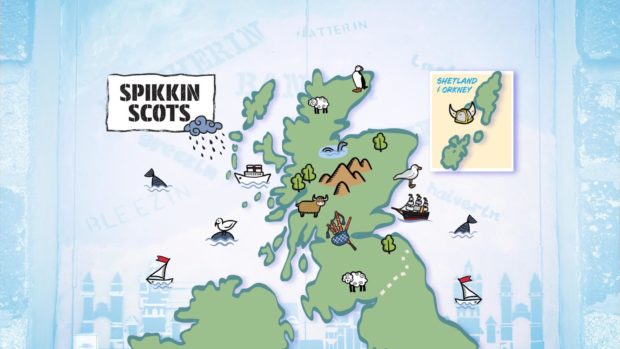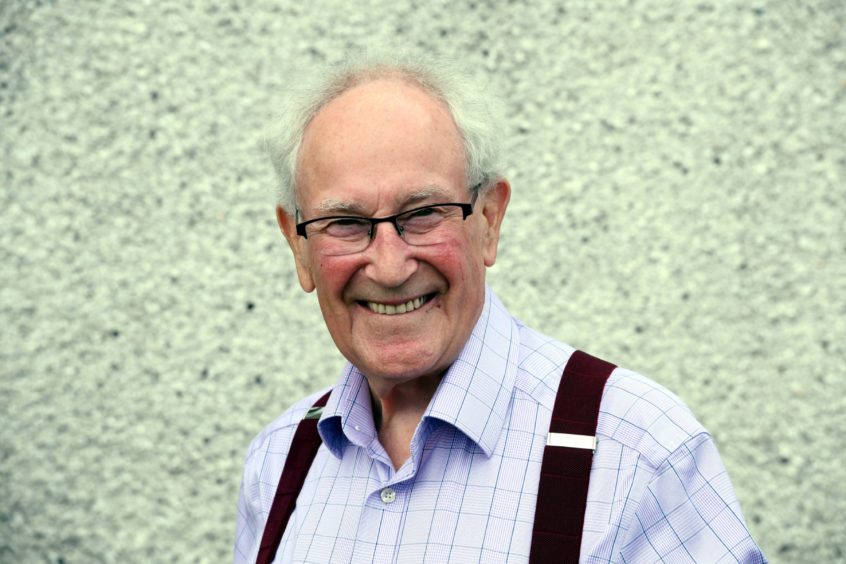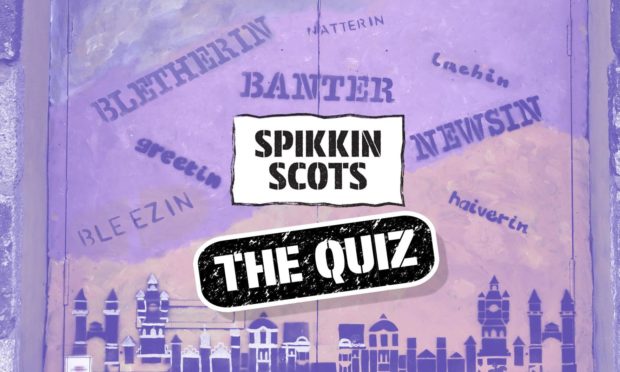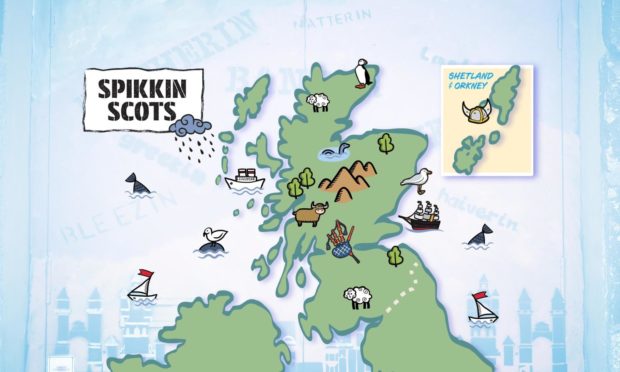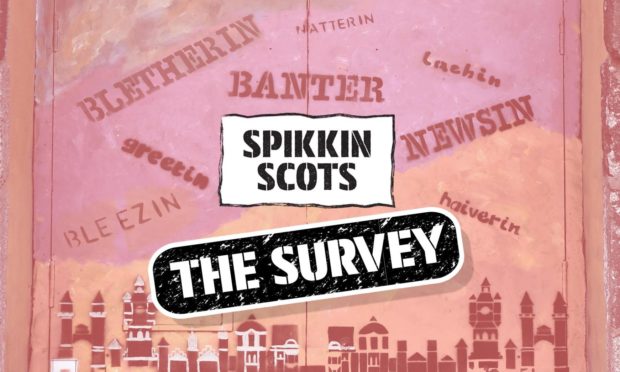With voices changing every 20 miles, it’s difficult to quantify exactly how many dialects come under the Scots language umbrella.
But a rough count suggests lucky number 13, divided up as Orkney, Shetland, Caithness, Black Isle, Moray, Aberdeenshire, South Northern (South Kincardineshire and Northern Angus), North-East Central, East Central, West Central, South Central, Boarders and Ulster (yep, Scots made it over the water to Ireland too with Irish Gaelic).
Inverness and the Outer Hebrides may seem curiously absent from this list. But as these regions were predominantly Gaelic speaking areas, the Scots language didn’t take hold with the same intensity, meaning there’s no specific Scots dialect recorded for these regions – though we have included them on the map here for comparison.
The wildly diverse Scots language
Among the likes of Doric, the north-east regions of Scotland, Southern Scots, Scottish Borders, or Dundonian, the East Central North, all the dialects have similarities, but it’s their differences which make the Scots language so richly varied.
The information for the map comes from the Scots Language Centre, Professor Robert McColl Millar at Aberdeen University and a collection of local people from each location, who share their unique knowledge of the wildly diverse Scottish language.
Who are our Scots speakers?
To bring this feature on the Scots language to life, we decided to bring together a collection of real Scots voices from across the country. Though each of them represents just a tiny area of land, together they illustrate the huge diversity the Scots language still commands.
Linguistic experts split Scots dialects into approximately 13 different areas which are all covered in the map above. These have been identified as having the most striking qualities or differences when it comes to speech, spelling and meaning. However there are many hundreds more which all have their own distinguishing features and could make this map 10 times its current size.
Behind each of the voices is a real person who lives and works in the region they are representing. They were each asked to identify a few words, phrases or characteristics which they believed were typical of their area before recording themselves talking naturally and sending their recording to the Press & Journal.
They say the world is a small place, and it certainly felt like it when I started to search for “voices” from all over Scotland. Friends, family and colleagues put me in touch with anyone and everyone they thought might be able to help and in just two weeks, I had spoken to nearly double the amount of people featured on this map.
The overwhelming response to my out-of-the-blue questions to “borrow their voice please” was very positive. Every participant was pleased (in a bashful sort of way) to have been selected, and intrigued as to why their voice might be considered interesting to others. Once I explained the premise of the article, a fiery sense of pride in their home town – and in Scotland in general – usually became obvious, and a desire to preserve the language they knew and loved was palpable.
